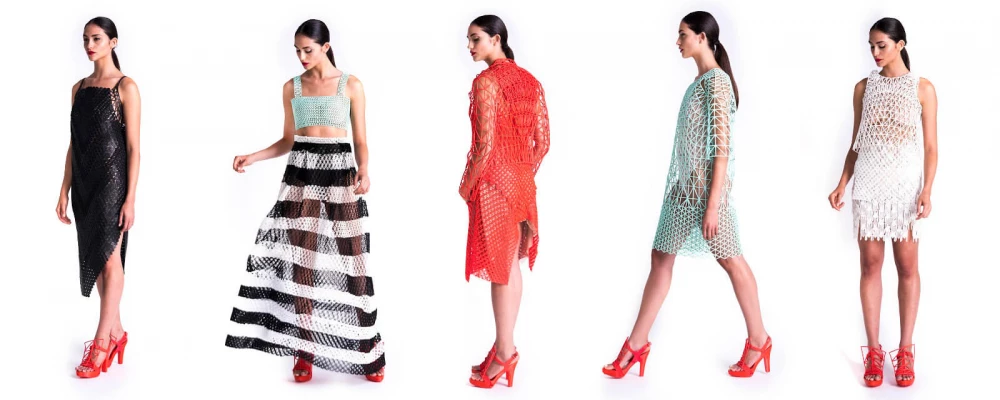The fashion industry is known for its fast-paced, ever-changing trends and high levels of waste. From excess fabric scraps to unsold inventory, the industry is notorious for its negative impact on the environment. However, with the introduction of 3D printing, designers and manufacturers are finding new ways to reduce waste and create sustainable fashion.
One of the biggest advantages of 3D printing in fashion is its ability to produce custom pieces with minimal waste. Traditional manufacturing methods involve cutting fabrics and materials to fit a pattern, which often leads to excess waste. With 3D printing, designers can create precise, custom pieces without the need for excess material. This not only reduces waste but also allows for more intricate and complex designs that would be impossible to achieve with traditional manufacturing methods.
Another way 3D printing is contributing to sustainable fashion is through the use of eco-friendly materials. With the ability to print with recycled plastics and other sustainable materials, designers can create beautiful pieces that are also kind to the planet. Some companies are even experimenting with 3D printing biodegradable materials that can be composted at the end of their lifecycle, further reducing their environmental impact.
3D printing also allows for on-demand production, which means that items are only produced when they are needed. This reduces the amount of unsold inventory, which is a significant issue in the fashion industry. By producing items only when they are requested, companies can reduce their waste and carbon footprint.
Additionally, 3D printing is allowing designers to explore new avenues of creativity and innovation. With the ability to create custom, one-of-a-kind pieces, designers are able to push the boundaries of fashion and create unique, personalized designs that were not possible before. This can also lead to more sustainable fashion choices, as consumers are more likely to value and care for items that are custom-made for them.
In conclusion, 3D printing is playing an increasingly important role in the fashion industry’s sustainability efforts. From reducing waste to using eco-friendly materials, on-demand production, and creative innovation, this technology is paving the way for a more sustainable and environmentally conscious fashion industry. With continued advancements in 3D printing technology, the possibilities for sustainable fashion are endless.



